While a low sticker price may look attractive from a price-performance standpoint, cheap brush heads often suffer from premature bristle splaying, uneven wear, and diminished cleaning efficacy. In this blog, we’ll examine the hidden costs and trade-offs of budget brush heads, helping B2B buyers and product managers make informed decisions.
Firstly, the raw materials used in brush heads directly impact both manufacturing cost and end-user performance:
Thus, low initial cost often correlates with material compromises that manifest quickly in the field.
Moreover, bristle splaying is the most visible sign of wear—and a direct measure of cleaning performance:
Understanding splaying dynamics is crucial to specifying durable brush-head assemblies.Company web:https://www.powsmart.com/product/electric-toothbrush/
Furthermore, brush-head performance drives user satisfaction and clinical outcomes:
Consequently, short-term savings can lead to long-term costs for both brands and end users.
However, not all cost‐effective heads are created equal. To achieve true price-performance balance, consider:
By strategically blending price points, manufacturers maintain margins while satisfying diverse customer needs.
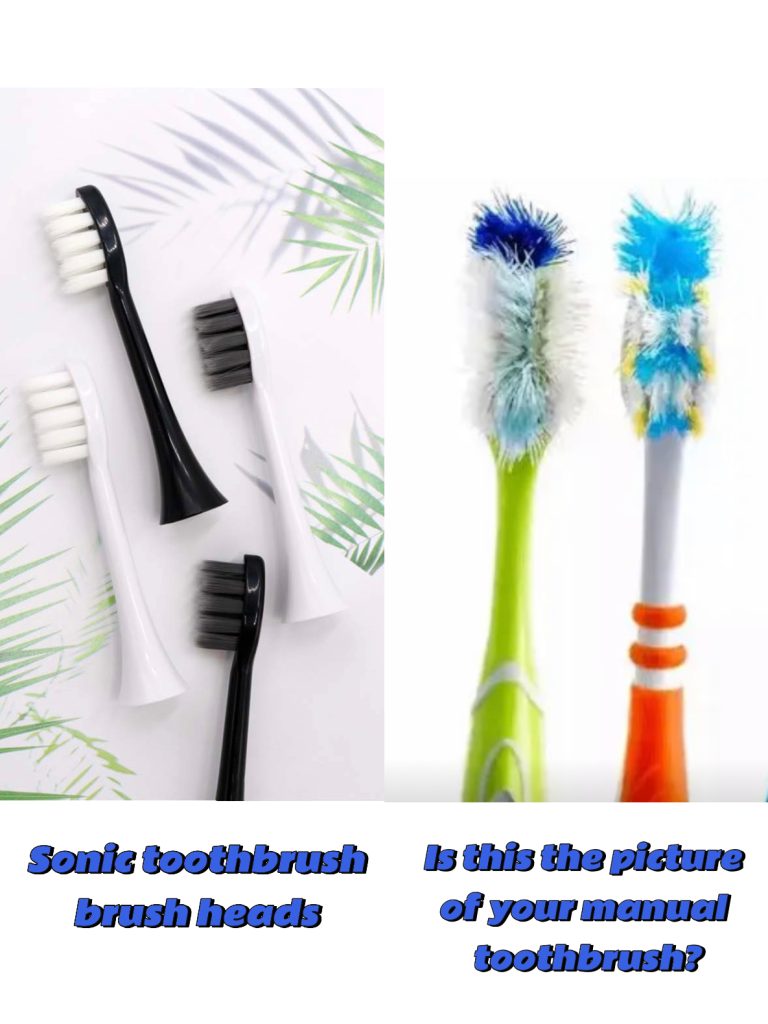
In addition, cheap brush heads can introduce hidden supply-chain and environmental costs:
Selecting slightly more expensive, recyclable materials can improve both sustainability metrics and total cost of ownership.
Finally, to optimize value and performance, B2B procurement teams should:
By focusing beyond sticker price, B2B partners can deliver a superior, cost-effective brush-head program that strengthens brand reputation and reduces end-user churn.
Conclusion
Cheap brush heads may offer short-term price appeal, but bristle splaying, diminished cleaning power, and hidden operational costs quickly erode their value. Through rigorous material selection, durability testing, and strategic price-performance planning, B2B buyers can ensure their devices deliver lasting quality and user satisfaction. For assistance optimizing your brush-head portfolio, please contact our company!


How to Check the Production Capacity of an Electric Toothbrush Factory?
.jpg)
Why Partner with Electric Toothbrush for Braces Suppliers and Kids Electric Toothbrush Manufacturer?
.jpg)
Need Toothbrush Bristles from a Toothbrush Parts Supplier?
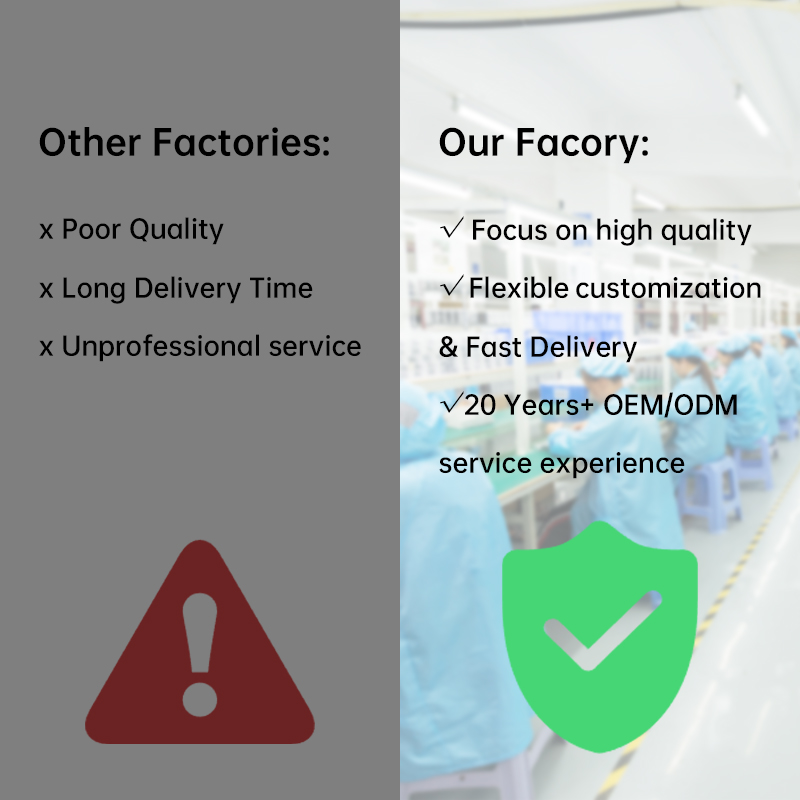
Low MOQ Sonic Toothbrush Factory Options for Startups in Washington
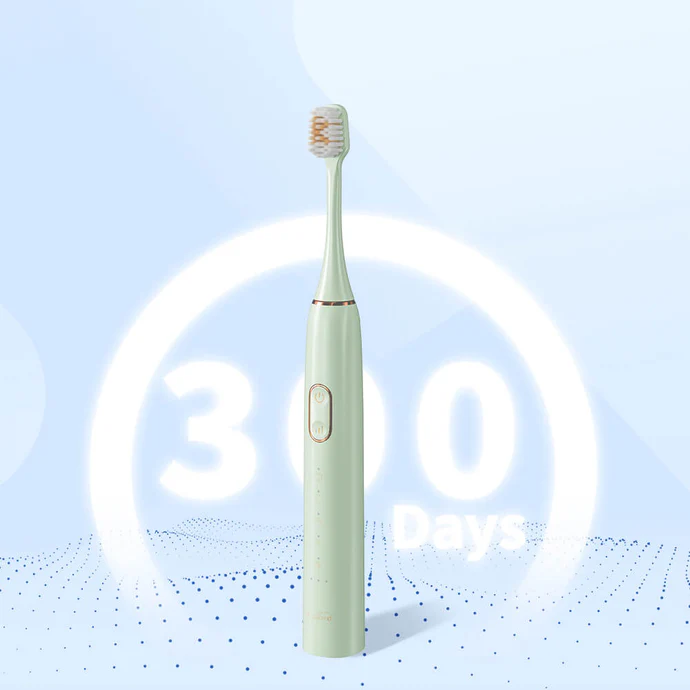
How to Solve the Problem of Low Battery in Electric Toothbrushes?
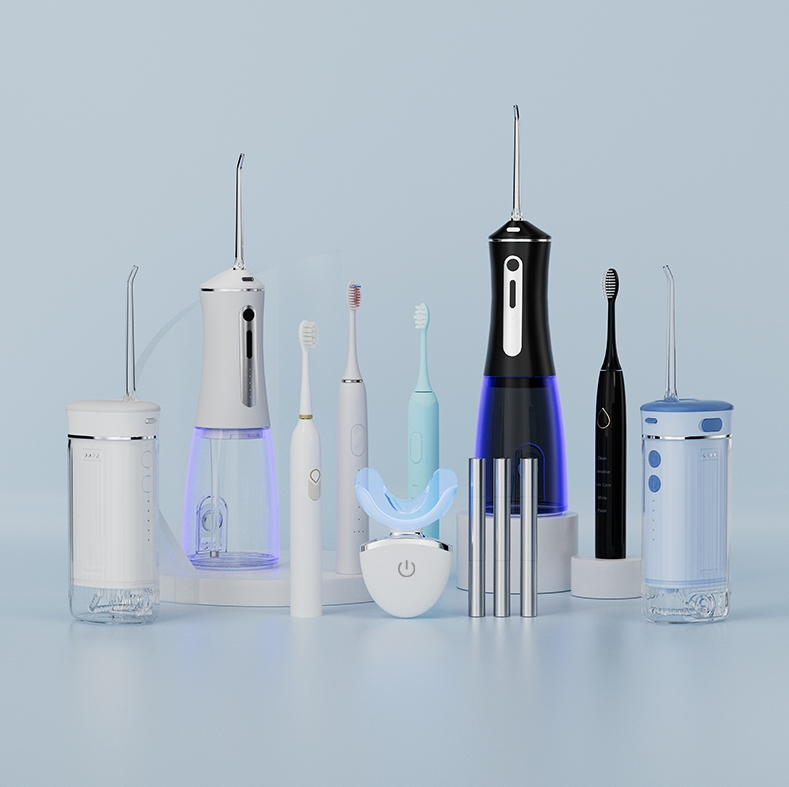
Are Oral Care Products Suitable for TK Small Businesses?
.jpg)
California Waterproof Toothbrush – Powsmart PTR-C8 for Beach Lifestyle
.jpg)
Ayurvedic neem toothbrush as an Indian household toothbrush
Battery Depletion with Pressure Fluctuation – Linked?
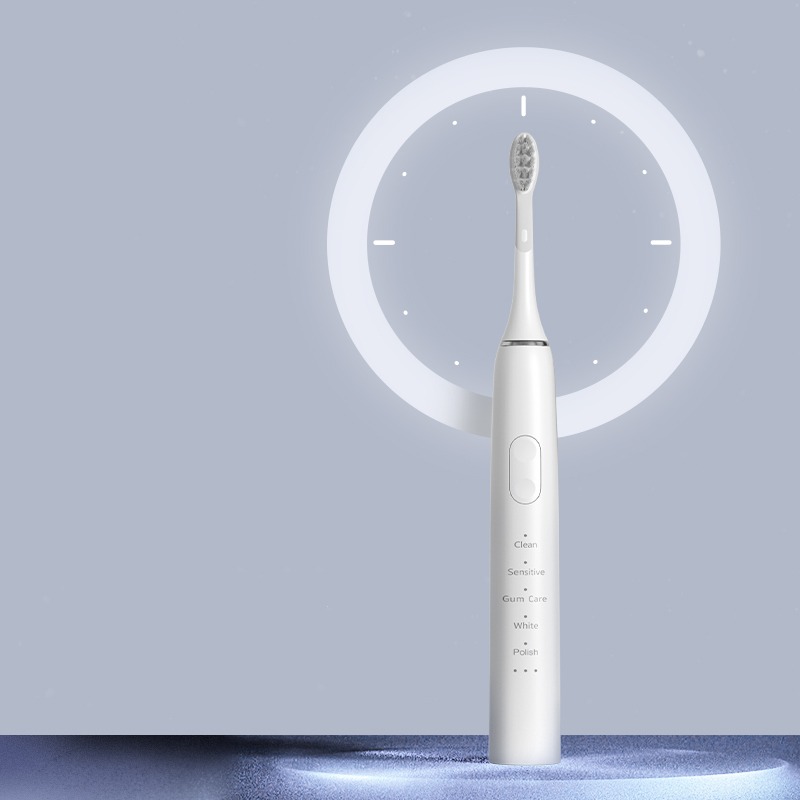
The Importance of Electric Toothbrushes with Self-Developed Motors for Manufacturers
Water Spray Scattering Plus Whitening Rebound – Design Flaw?
.jpg)
Why Does the Vibration of My Electric Toothbrush Seem to Have Decreased?
Electric Toothbrush Parts & Accessories Supplier

High-Flexibility Electric Toothbrush OEMs: Customization for Diverse Demographics
.jpg)
Protecting Dental Veneers: How to OEM Gentle Water Flossers and Electric Toothbrushes

The Core Benefits of Brand Owners Promoting Water Flossers and How to Meet Marketing Needs to Increase Sales

Private Label Whitening Gel

Electric toothbrush heads Charcoal Infused-Diamond

electric toothbrush heads Ultra Soft

electric toothbrush heads Deep Clean

electric toothbrush heads Charcoal Infuse-Round

electric toothbrush heads Regular Clean
.jpg)
Florida Electric Toothbrush – Powsmart PTR-C8

Customization Teeth Whitening Gel
whstapp
whstapp
National Toll-Free Service Hotline
+86 755 86238638